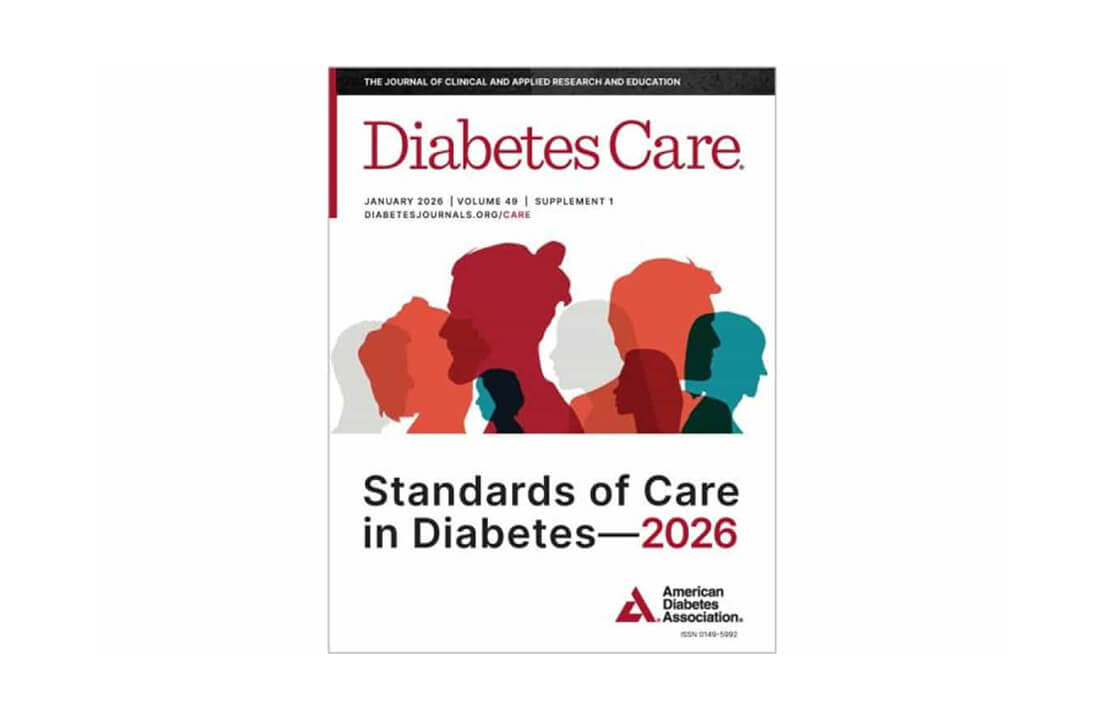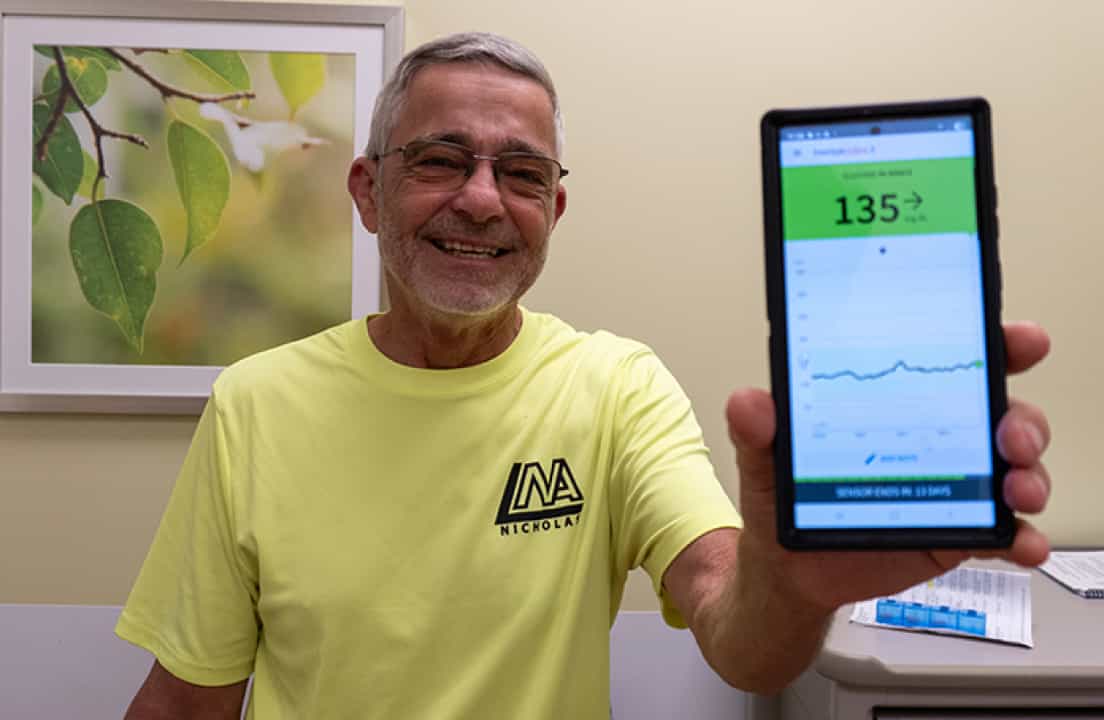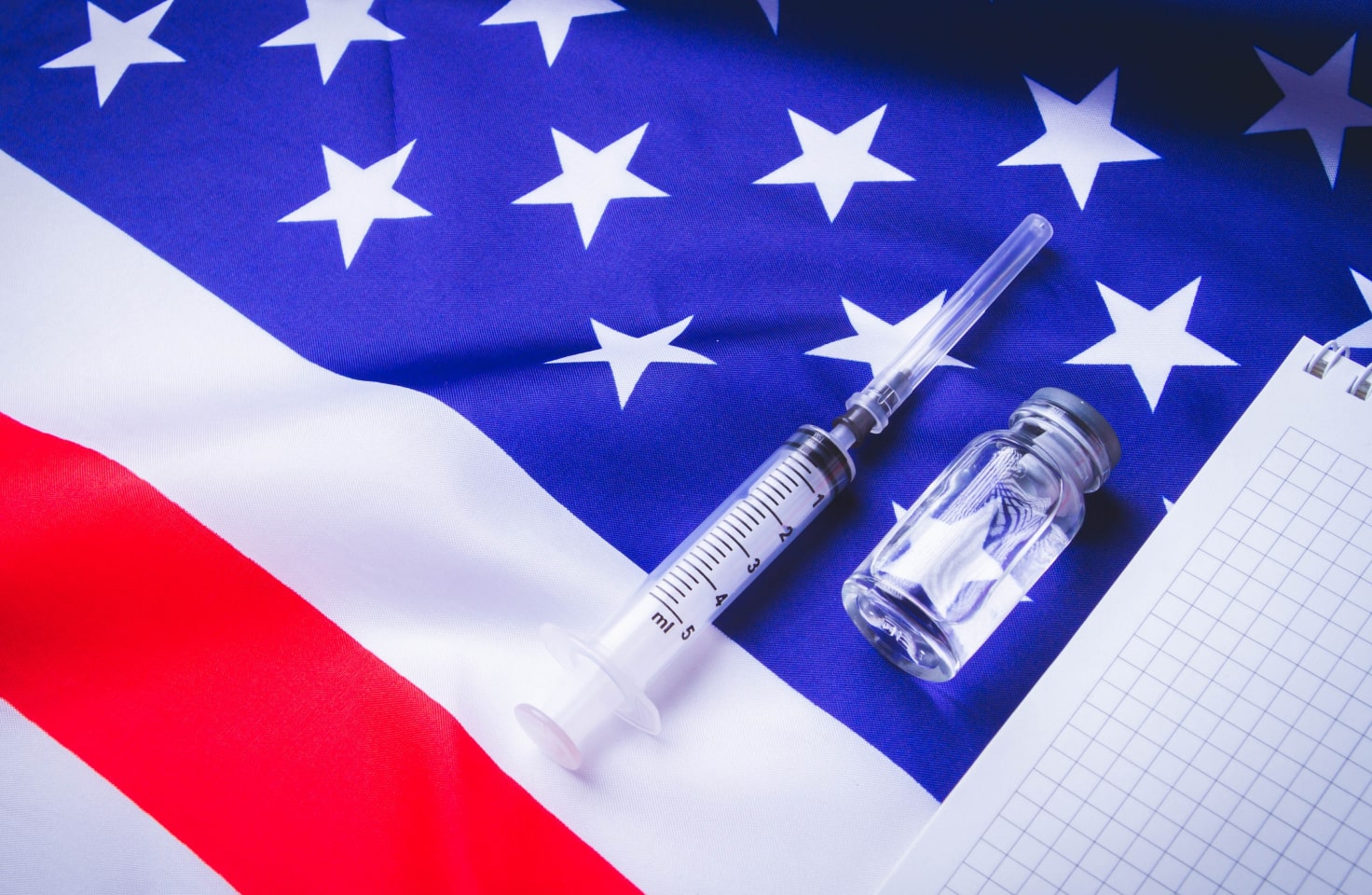T1D Guide
T1D Strong News
Personal Stories
Resources
T1D Misdiagnosis
T1D Early Detection
Research/Clinical Trials
Type 1 Diabetes Rash and Treatments
Many people are unaware that type 1 diabetes can lead to a range of skin conditions and can actually be one of the indicators of the disease. Managing blood sugar levels, practicing good skincare routines, and utilizing appropriate medical treatments can help alleviate symptoms and promote skin health in individuals with this condition.

One of the lesser-known symptoms of type 1 diabetes (T1D) is itchy, dry skin and other diabetic skin conditions. In type 1 diabetes mellitus (T1DM), the body attacks the pancreas’ insulin-producing beta cells and overloads the bloodstream with excess glucose. These elevated blood glucose (sugar) levels disrupt other systems and organs in the body, and the skin is usually the first sign something is wrong.
By knowing the symptoms and treatments, you can alleviate the discomfort of these nasty skin problems and prevent further complications down the road. Some are more concerning than others, and treating them early and often is still best.
Since skin problems are linked with elevated blood sugar, most skin changes either appear before you’ve been diagnosed or could indicate that your insulin therapy needs adjusting. With early detection, you can uncover helpful tips to ease your mind. More than likely, if you keep your diabetes in check with good management – you won’t need to worry about these pesky irritants!
Read on to learn about the top ten diabetic skin conditions and how to detect, prevent, and treat them.
Top 10 Diabetes Skin Problems to Watch For
Itchy Dry Skin
Dry skin results from poor circulation, which is common with diabetes. High blood sugar often causes dry skin and lessens the ability to fight off harmful bacteria, which can lead to infection. Also, excessive scratching can invite infections. Prevent scratching dry, itchy skin by using good moisturizers and soap.
Avoiding lengthy showers and baths, using mild soaps and detergents, and moisturizing after bathing all help alleviate this problem.

Diabetic Dermopathy (Shin Spots)
The Centers for Disease Control and Prevention attributes diabetic dermopathy to raised blood sugar levels and changes in the skin’s small blood vessels. With this condition, light brown or red scaly patches appear on the front of the legs and are sometimes mistaken for age spots. The harmless patches don’t hurt or itch. They are just cosmetically undesirable.
No treatment is necessary for this disorder, but if you are still concerned, speak to your healthcare provider. A moisturizing lotion may relieve these dry patches. If you are bothered by their appearance, they can also be covered with makeup. Certain moisturizers with glycerin and collagen have been known to even skin tone, so seeking help from a qualified dermatologist is always best.
Necrobiosis Lipoidica Diabeticorum (NLD)
Symptoms of necrobiosis lipoidica diabeticorum often appear as dull, raised brown patches with a violet border. NLD begins as small, raised pimple-like bumps that blood vessel changes may trigger. The skin disease causes spots similar to diabetic dermopathy but are more prominent and deeper. This condition may be itchy and painful as the spots sometimes crack open.
The National Institutes of Health cite Necrobiosis Lipoidica affects primarily adult women. You may seek a steroid cream prescription from your doctor to prevent the condition from spreading. No treatment is necessary unless the sores break open. If this happens, you should seek professional help.

Diabetic Blisters (Bullosis Diabeticorum)
This rare diabetes skin disorder is consistent with elevated blood glucose levels. These diabetic blisters affect the fingers, hands, toes, feet, and sometimes legs. The sores, which appear as burn blisters, are usually painless and heal within two to three weeks. The blisters are spontaneous and noninflammatory and tend to develop with multiple complications like diabetic neuropathy.
The primary treatment plan is to bring glucose numbers back in good control. Treating the blisters is a puzzle for many doctors, as the blister fluid is sterile, and the first course of action is to let them be. Moreover, to prevent infection, the National Institutes of Health (NIH)suggests you shouldn’t puncture the blisters at home but seek medical professionals to drain the fluid if they become large and painful.
Eruptive Xanthomatosis
Eruptive xanthoma (EX) can be one of the first signs of undiagnosed diabetes. Symptoms include firm, yellow or red, pea-like bumps. These areas may have a red halo and itch. They may appear on the backs of the hands, feet, arms, legs and buttocks. EX typically affects young men with type 1 diabetes but can sometimes affect women too. Though these bumps are harmless, they can be itchy and painful.
Again, EX is an effect of extremely high blood sugar levels that go untreated. Once good diabetes control is restored, the bumps usually disappear within a few weeks. According to WebMD, doctors can remove EX using surgery or laser treatment. However, treatment varies depending on the patient’s diagnosis.
Acanthosis Nigricans AN (Skin Rash)
The condition, acanthosis nigricans, is a skin rash in which tan or brown raised spots appear on the sides of the neck, armpits, and groin. Other spots include the hands, knees, and elbows. These dark patches are an indicator of insulin resistance and can be an early sign of diabetes.
Treatment for AN includes healthy eating and weight loss if needed. Some creams alleviate the discomfort and help the appearance of the afflicted areas.

Digital Sclerosis (Skin Thickening)
When the skin on the back of your hands, fingers or toes becomes thick or waxy, it may be a sign of digital sclerosis. These dry patches can spread to your arms, back and shoulders. In severe cases, it may affect the joints and require physical therapy. This condition occurs in about one-third of patients with type 1 diabetes.
The treatment for skin thickening is to control your blood sugar. Lotions and moisturizers help soften the skin and prevent cracking.
Vitiligo
Vitiligo is a common skin disorder tied to type 1 diabetes. Vitiligo affects the cells that color skin with pigment. The result is a patchy, lighter skin tone of a clearly different color. The affected areas include the chest, belly, back and sometimes face.
Your healthcare provider may suggest medicated creams, UV light or possibly surgery. Seek medical treatment for vitiligo, and always use sunscreen to protect these skin patch areas.
Granuloma annulare (GA)
This benign skin condition can be associated with diabetes and thyroid disease. GA is characterized by small, raised bumps that form a ring with a sunken center. The rash is usually seen on the backs of the forearms, hands, or feet.
Diabetes & Feet
One of the most crucial, proactive healthcare tips for people with diabetes is to take good care of their feet. Check them frequently for cuts and sores. Invest in and wear good shoes always. Never go barefoot.
Taking good care prevents foot ulcers and other skin lesions, which can start with a simple scrape or rub with tight-fitting shoes. Again, poor circulation prevents wounds from healing, so keep your diabetes well-managed. Check your feet for sores daily and seek your doctor’s treatment immediately.

Other Symptoms of Type 1 Diabetes
The symptoms of type 1 diabetes may vary depending on the individual, so if you have one of the above skin problems and one of the below signs, you may want to check your blood glucose.
The main ones are consistently known as the Four T’s. We’ve added a few other sneaky ones that sometimes go undetected:
Toilet
Frequent urination is common among individuals with high blood sugar levels. Glucose is lost in urine, causing dehydration. Frequent urination is particularly common at night.
Thirst
People experience excessive thirst and are constantly craving drinks. Extreme hunger is also a sign.
Tired
Individuals become exhausted, lacking energy and desire to sleep.

Thinner
Most diabetic patients with T1D experience unexplained weight loss, muscle loss and possible hair loss. Without insulin, your body breaks down its own fat and muscle.
Important Tip: Patients with type 1 diabetes may have allergic reactions to certain oral medications or injectable insulin. If you develop a rash or hives at the site, contact your healthcare provider immediately.
Blurred Vision
Blurred vision is one of the common symptoms of T1D. This is caused by the lens of your eye changing shape.
Skin Tags
Insulin resistance can cause skin complications like abnormal growths around the eyelids, neck, groin, and armpits.
Yeast Infections
Itchiness around the genital area or bouts of thrush can also indicate common fungal infections like yeast infections. Other areas associated with common fungal infections include the mouth, esophagus, and nipples.
The American Diabetes Association (ADA) reports that individuals with diabetes are more likely to get yeast infections than the general population because sugar can cause candida to grow.
Diabetes Treatment Options
Keeping your diabetes management in reasonable control is the best way to relieve most problems. Keep skin clean and dry, but the caveat is to prevent dry skin. Here are some tips to be aware of:
- Avoid extremely hot baths, showers and jacuzzis— limit bubble baths if you have dry skin.
- Prevent dry skin by using moistening soaps and a good skin care lotion—moisturize, especially in cold weather.
- Don’t use lotion between toes – which can boost fungus growth.
- Treat cuts immediately by washing with soap and water, then using an antibiotic cream approved by your doctor.
- Cover minor cuts with sterile gauze and directly see a doctor for burns, infections, or major cuts.
- Try to keep your home humid during the cold, dry months.
- Use mild shampoos and avoid feminine sprays.

Good Blood Sugar Control
By improving your blood glucose target range, you'll avoid high blood glucose readings, which will, in effect, prevent the more common skin issues. Other ways to protect against skin disorders and maintain good blood sugar control are to follow a healthy diet, maintain a healthy weight, exercise regularly and keep your mental health in check by practicing meditation or other relaxation techniques.


.webp)





.webp)

.jpg)
.jpeg)
.jpg)




.jpg)



.jpg)




.jpg)

.jpg)



.jpg)

.jpg)




.jpg)
.jpg)
.jpg)
.jpg)
.jpg)
.jpg)
.jpg)

.jpg)
.jpg)

.jpg)



.jpg)
.jpg)
.jpg)

.jpg)

.jpg)














.jpg)


.jpg)







.webp)











.webp)






















.webp)